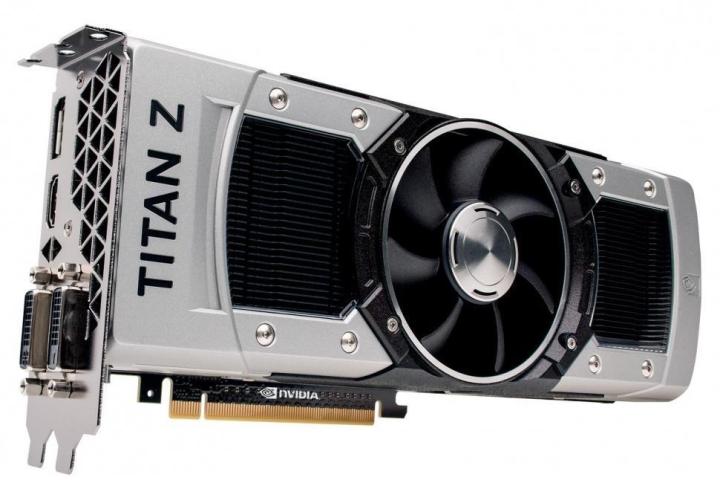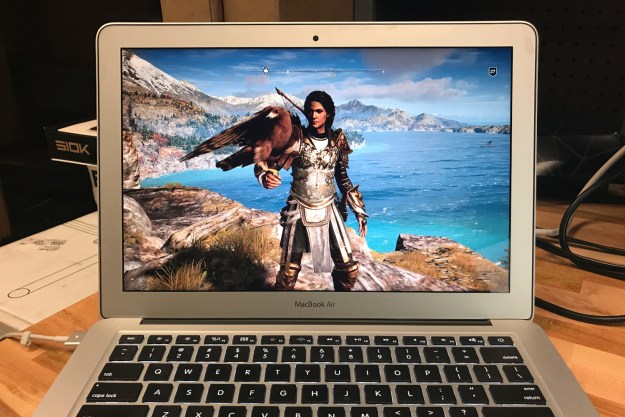
GPU maker Nvidia has released a new set of GeForce graphics card drivers, though they are currently in beta form at this point in time.
Dubbed GeForce 340.43 beta, this new set of software for graphics cards powered by Nvidias GPUs brings several changes about. GeForce 340.43 beta adds several SLI profiles, including ones for Elder Scrolls: Online, Battlefield: Hardline, and more. SLI is the technology that allows you to run two Nvidia graphics cards in the same PC at the same time.
On top of that, the GeForce 340.43 beta also supports a new “3D Compatibility Mode” for 3D vision, which aims to improve performance in three games in particular. They are Bioshock Infinite: Burial at Sea, Banished, and Krater. A number of bug fixes and other performance improvements were also added in this driver release. You can read the full release notes here.
Though Nvidia says that these beta drivers are “Game Ready,” at the end of the day, they’re still in beta. So if you experience any weirdness or bugs, keep in mind that this isn’t a finished product.
You can download the GeForce 340.43 beta in one of two ways. If you have the Nvidia GeForce Experience control panel installed on your PC, open it up, and click the “Drivers” tab at the top. Then, click the “Check for updates” button on the right hand side, and make sure the “Include beta drivers” check box is selected right below that button.
Alternatively, you can also click the download button on the page here in order to grab the drivers.
Editors' Recommendations
- Nvidia just made GeForce Now so much better
- GeForce Now Ultimate is a winner, even halfway across the country
- Nvidia at CES 2023: RTX 4090 mobile, 4070 Ti, GeForce Now updates
- Nvidia GeForce RTX 4090 vs. AMD Radeon RX 6950 XT: battle of the flagships
- How GeForce Now is powering Nvidia’s metaverse



